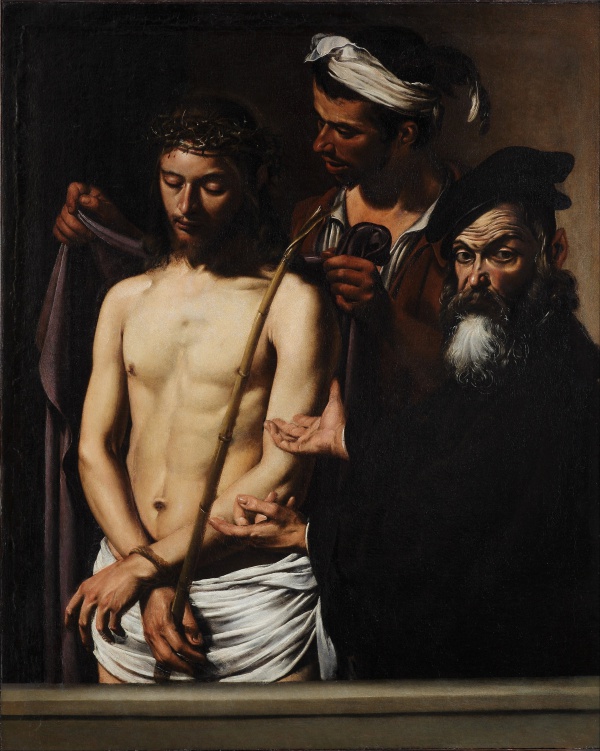Facts About Ecce Homo
"Ecce Homo" is a mesmerizing painting by the illustrious artist Caravaggio, housed in the Palazzo Bianco in Genoa. Commissioned by Cardinal Massimo Massimi along with pieces by artists such as Cigoli and Domenico Passignano, this work evocatively captures the moment Pontius Pilate presents Christ to the crowd, proclaiming, "Ecce homo!"—which translates to "Behold the man!" In Caravaggio's interpretation, Christ is depicted already adorned with the crown of thorns.
Caravaggio's distinctive style is unmistakable, characterized by dramatic lighting and profound psychological realism. Intriguingly, the attire depicted in the painting is anachronistic, introducing a unique element to the scene. The painting was completed in 1605, during a period when Caravaggio was entangled in legal troubles and had fled to Genoa.
Cigoli produced his own version of "Ecce Homo" in 1607, evidently influenced by Caravaggio's approach. Nevertheless, some scholars have questioned whether Caravaggio indeed painted the original, citing differences in composition and narrative structure.
The painting has undergone several restorations over the centuries—in the 18th century, in 1954, and most recently in 2003. The latest restoration unequivocally confirmed that Caravaggio is indeed the creator of this compelling work.

 Vatican
Vatican